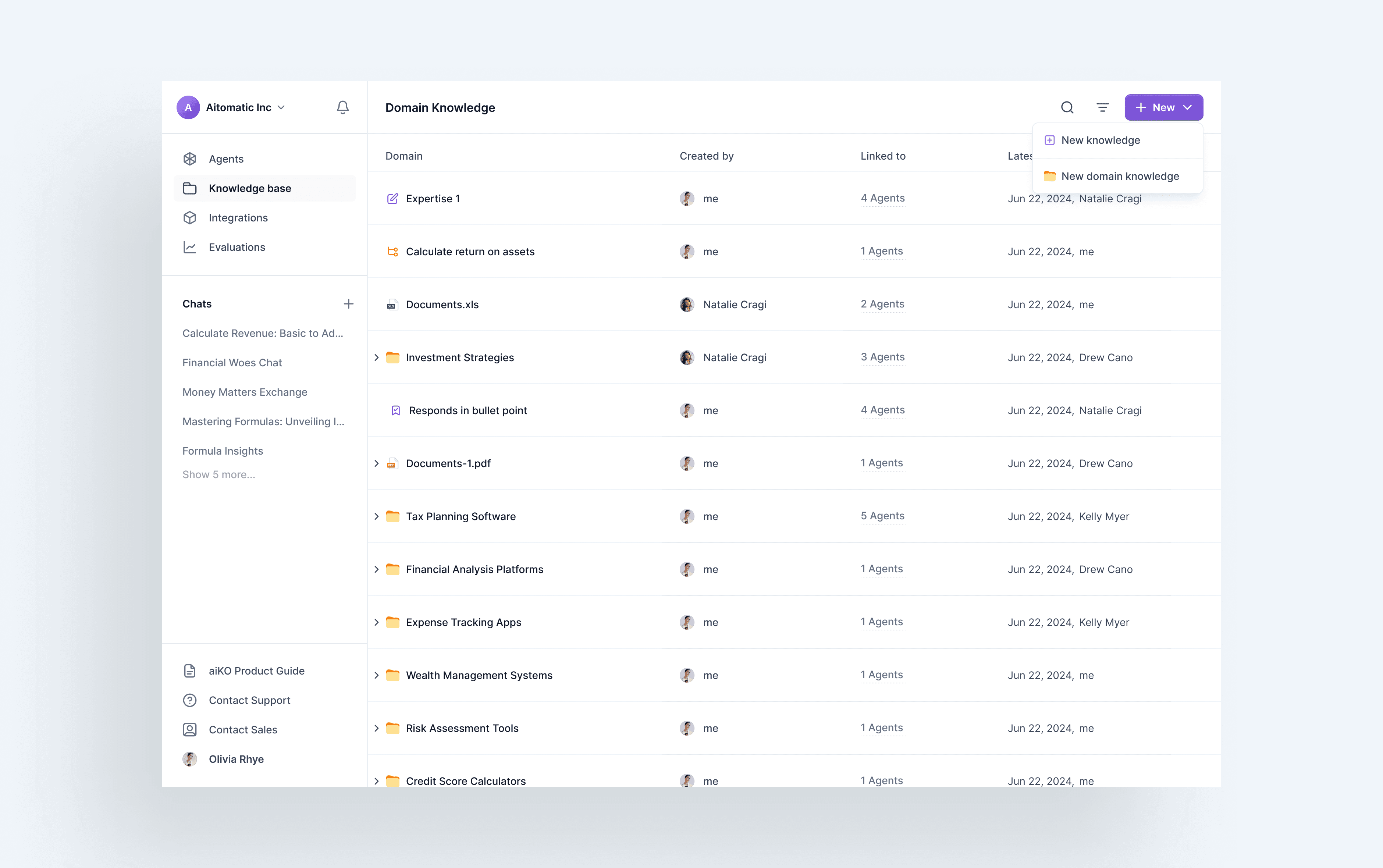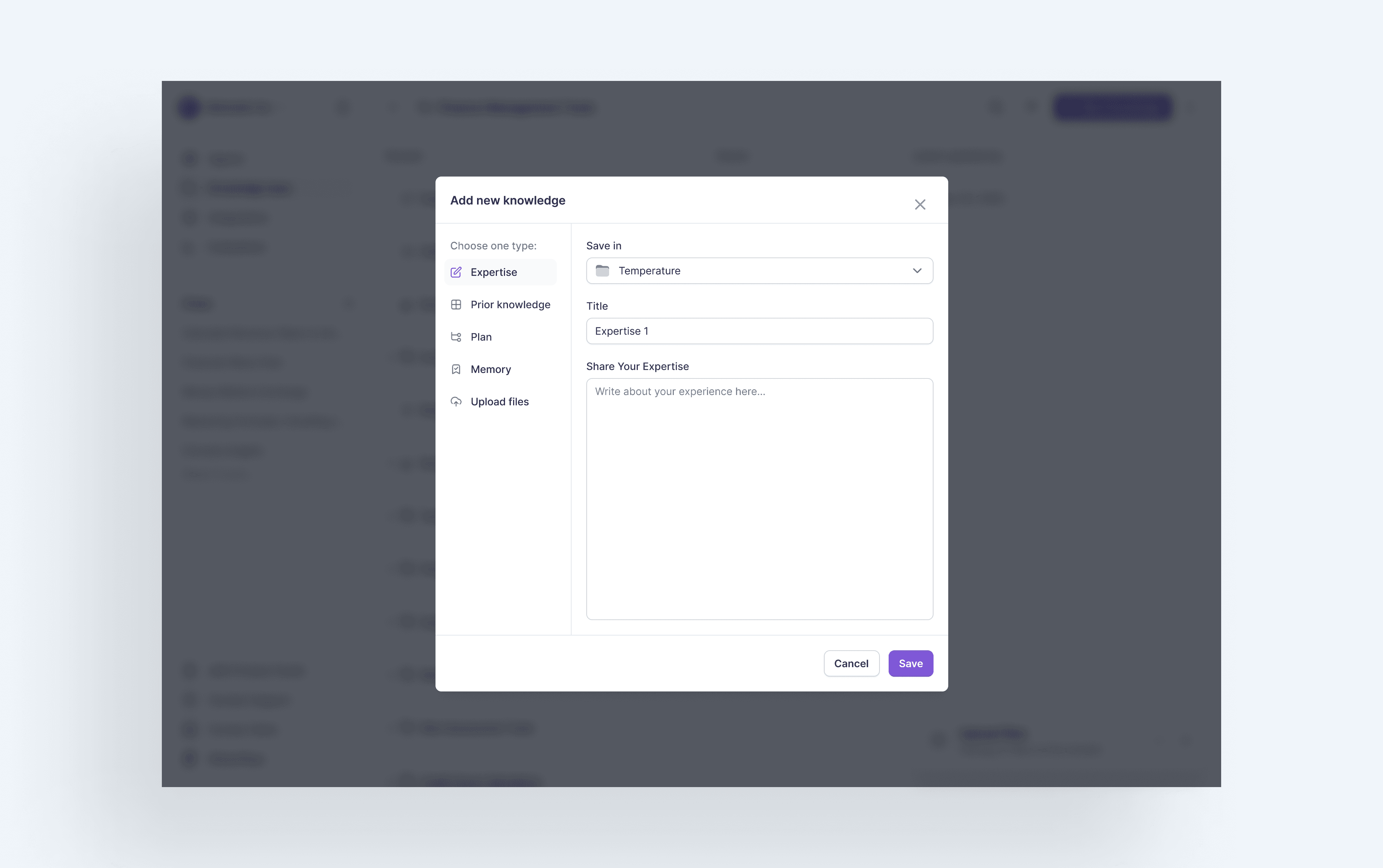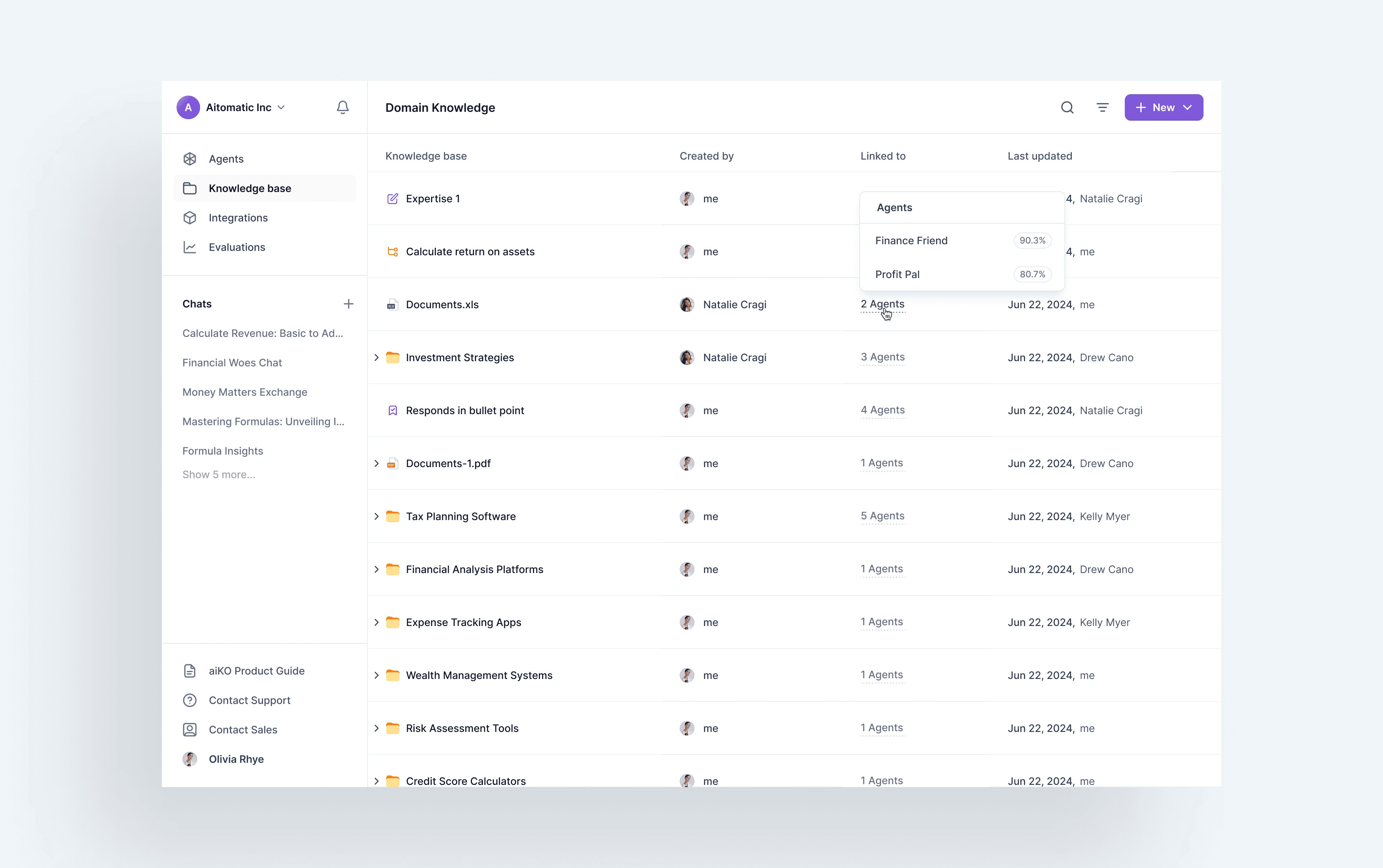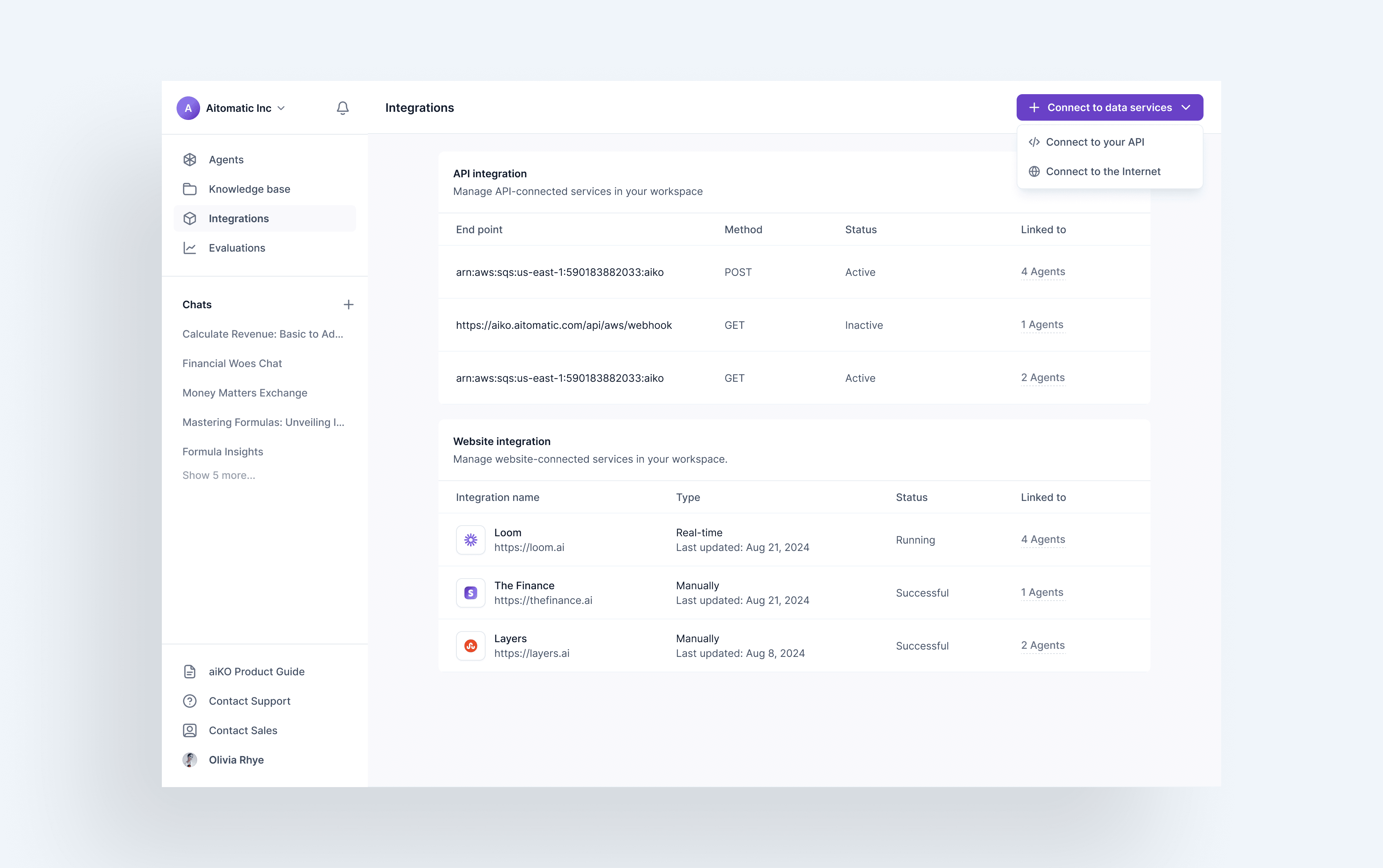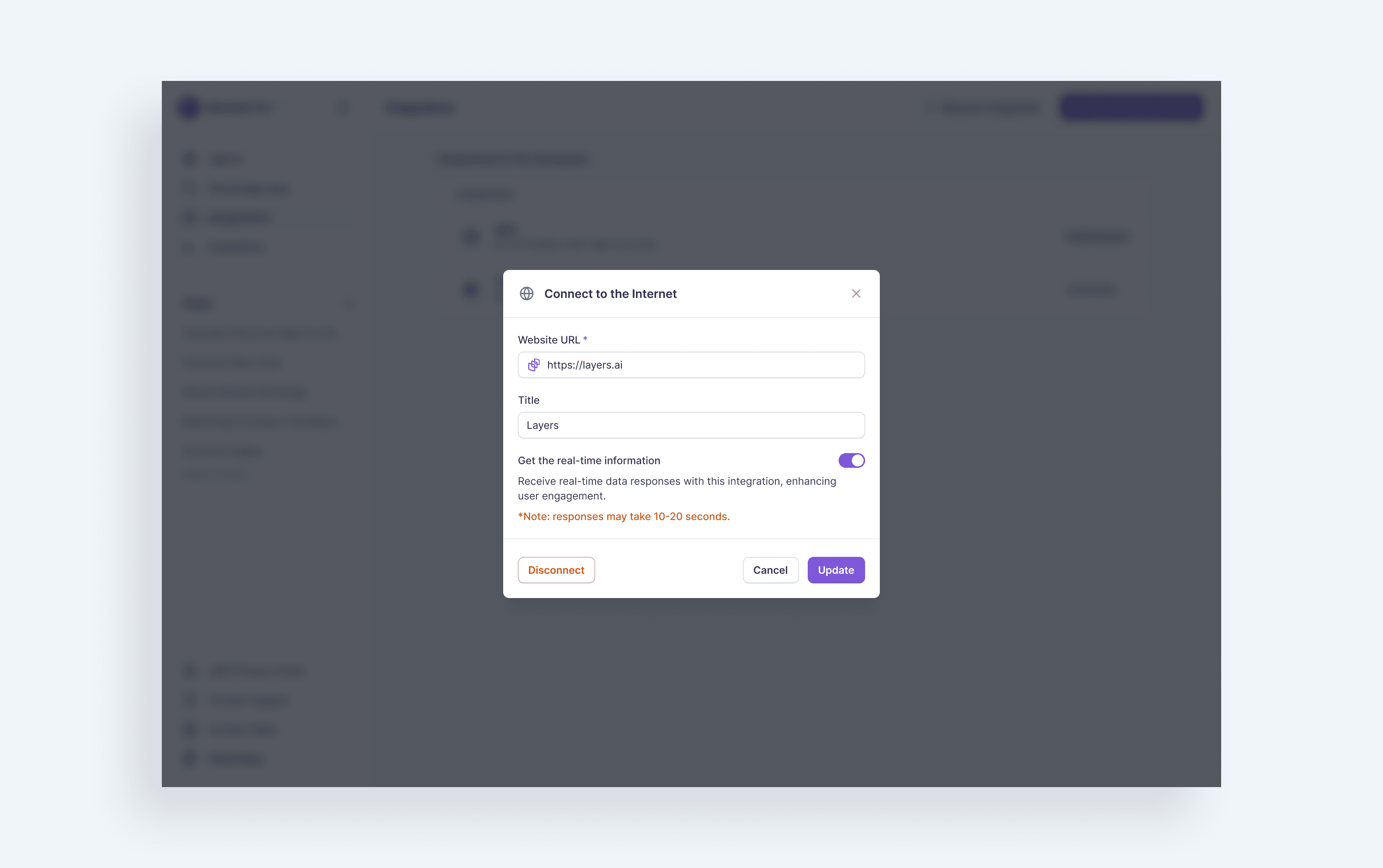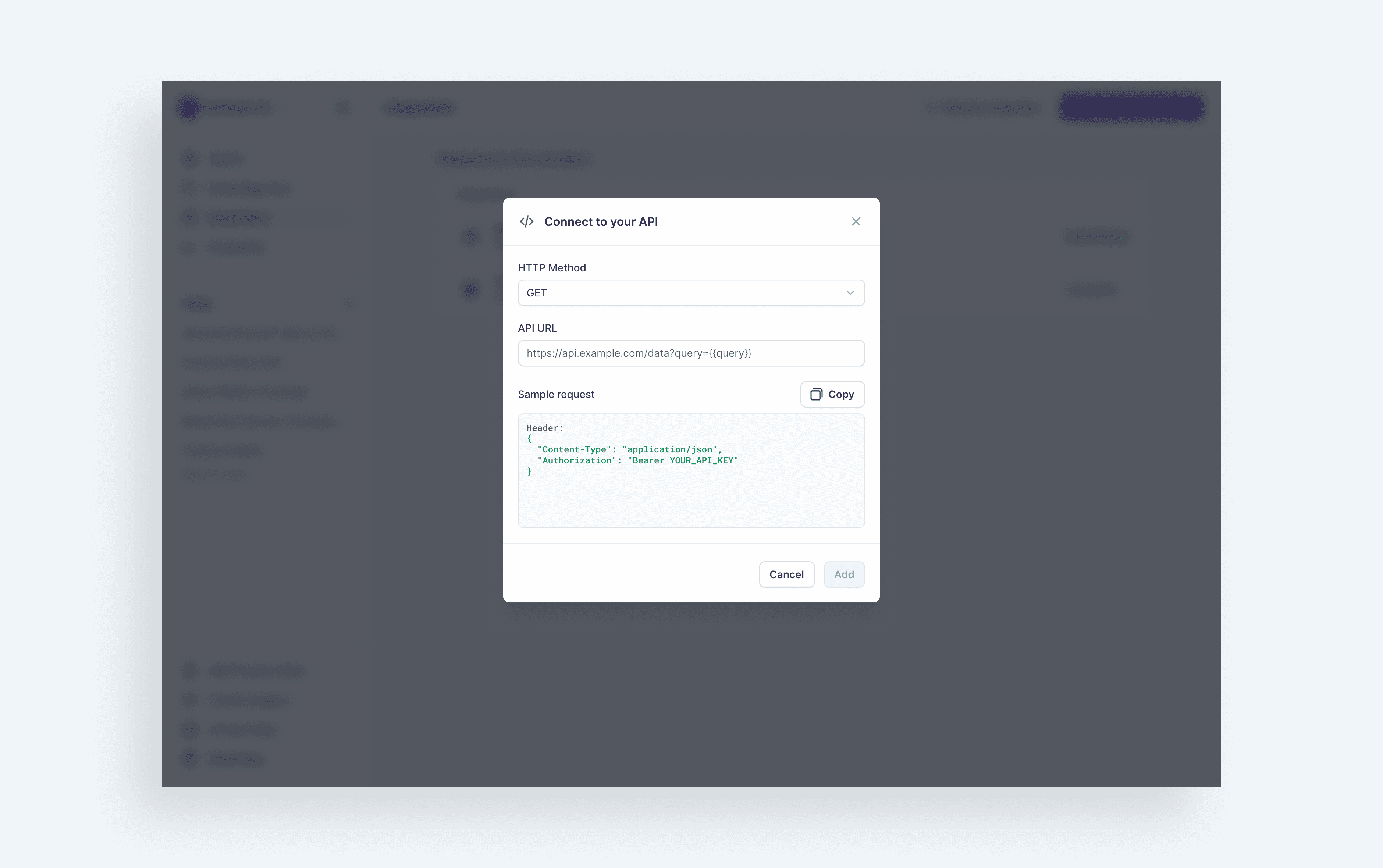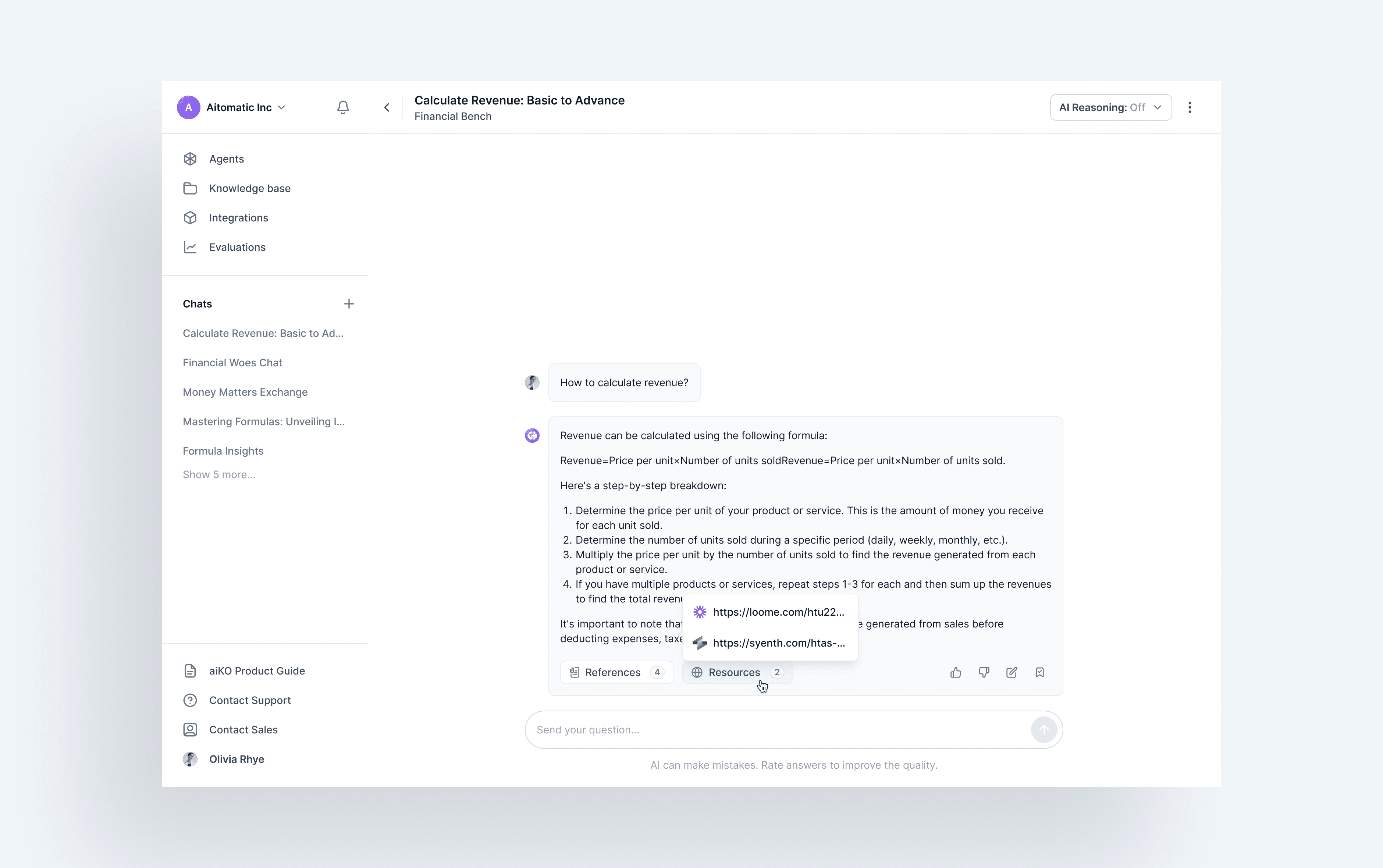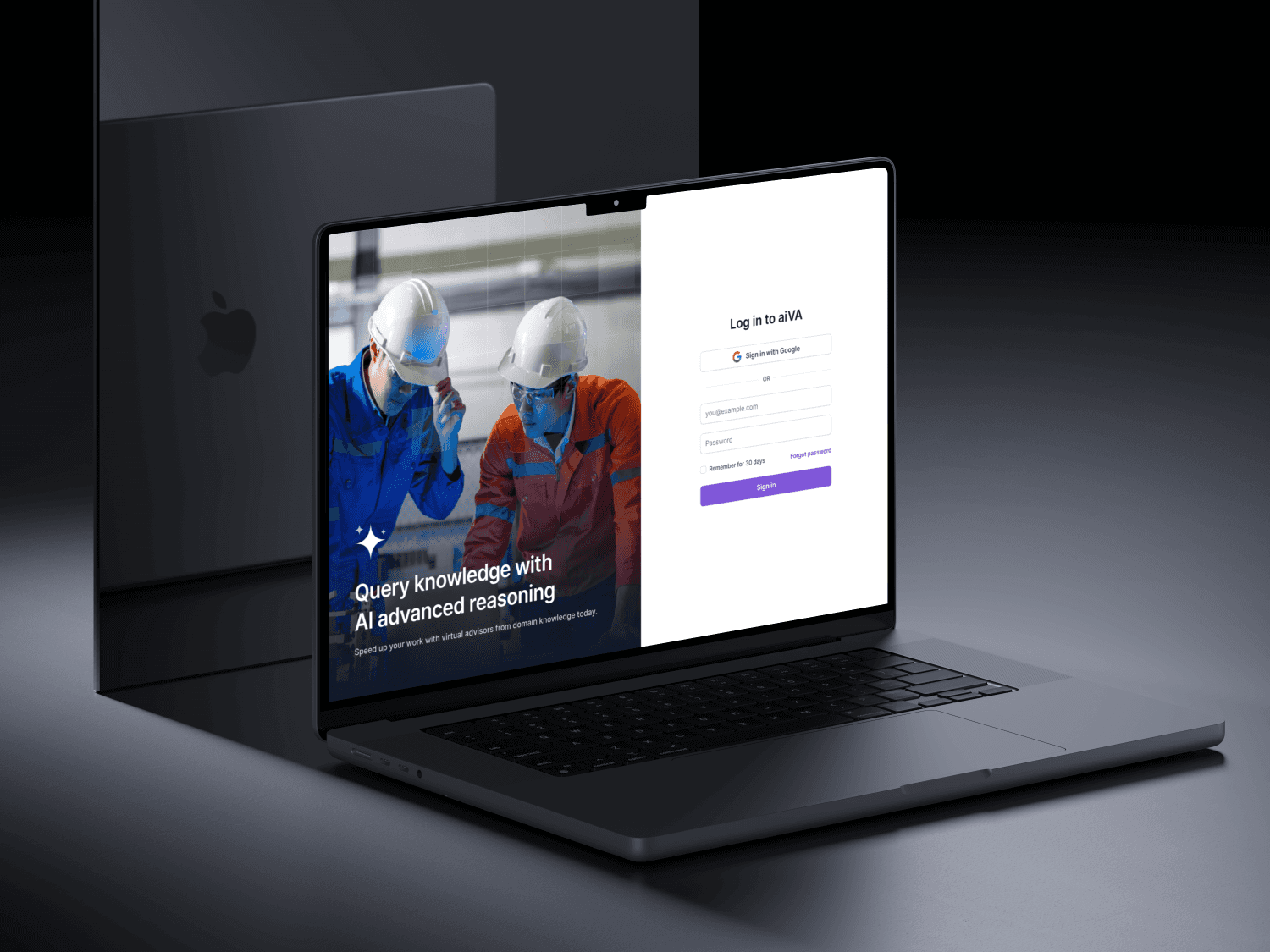Knowledge Base in aiKO
Capturing and Sharing Expert Knowledge
Overview: Preserving Expertise for Operational Excellence
In manufacturing, the experience and knowledge of senior professionals are invaluable. But as these experts retire or move on, enterprises risk losing critical insights that can take years to accumulate.
Aitomatic developed a Knowledge Base within aiKO to help enterprises capture, store, and manage expert knowledge in a way that allows seamless access and quick learning for newer employees. The goal was to ensure that key insights would not only be preserved but would continue to evolve and be accessible across teams, maintaining operational excellence.
The Problem: Knowledge Loss and Fragmentation
Manufacturing companies face significant challenges in preserving expert knowledge:
Knowledge Gaps from Retiring Experts: As experienced professionals retire, companies often lose irreplaceable knowledge, creating operational inefficiencies and delaying training for new employees.
Inconsistent Knowledge Capture: Experts struggle to share their insights consistently, leading to fragmented information that is difficult to manage and leverage.
Data Integration Issues: The inability to easily incorporate real-time system data and historical documents into knowledge systems further complicates decision-making.
These challenges slow down operations and lead to reliance on trial-and-error, increasing the risk of mistakes and reducing efficiency.
Approach: Building an Human-Inspired Knowledge System
I with the team focused on how experts naturally capture and organize knowledge. Our goal was to design a system that felt intuitive, minimizing the friction often associated with cumbersome knowledge management tools.
Seamless Knowledge Injection: We made knowledge input seamless by mirroring human-to-human interactions. Experts could add their insights conversationally, allowing them to share information in a natural way that fit their thought processes.
Structuring Knowledge: By structuring the knowledge system to align with how experts think—categorizing information like experiential knowledge, plans, and memories—we made it easy for both experts and junior employees to navigate and retrieve critical information without feeling overwhelmed by complexity.
Integrating External Data: We also incorporated real-time system data and historical documents directly into the knowledge base, ensuring the experts only shared what really matter and not needing to start from scratch with one topic.
Execution: Bringing Expert Knowledge to Life
I began by diving deep into how experts think and work, studying how they naturally organize information. From this research, we built a new knowledge injection framework that allowed experts to input their knowledge intuitively. We designed the system to emulate human information processing—related ideas were grouped, categorized, and connected.
The improved knowledge base allowed experts to contribute insights effortlessly. They could manage and update their contributions in a well-organized structure, while real-time data integration ensured that aiKO could apply the latest information for solving operational problems quickly.
Impact: Expert Knowledge Accessible and Actionable
The result was a knowledge system that fundamentally changed how enterprises captured and shared knowledge:
Junior employees reduced their learning curve by 35%, as they could access relevant knowledge and insights easily.
Companies now have a streamlined way to preserve critical insights from retiring experts, reducing knowledge loss and ensuring continuous operational excellence.
Some of our customers saw a 20% improvement in decision-making accuracy when applying the knowledge in the system to solve time-sensitive issues.
Reflection: Designing for Long-Term Value and Usability
This project taught me that designing systems for knowledge capture isn’t just about making them functional today—it’s about thinking ahead. I realized how important it is to create systems that can evolve as users’ needs grow.
While the aiKO Knowledge Base succeeded in making expert knowledge accessible, I see room for improvement in how we could further streamline the integration of external data and make the system even more adaptable to future demands.

